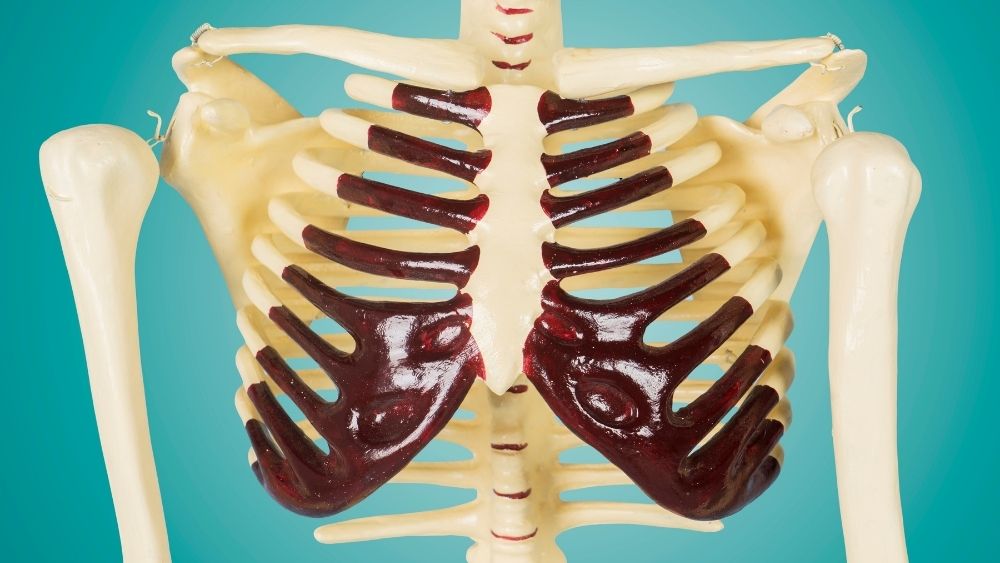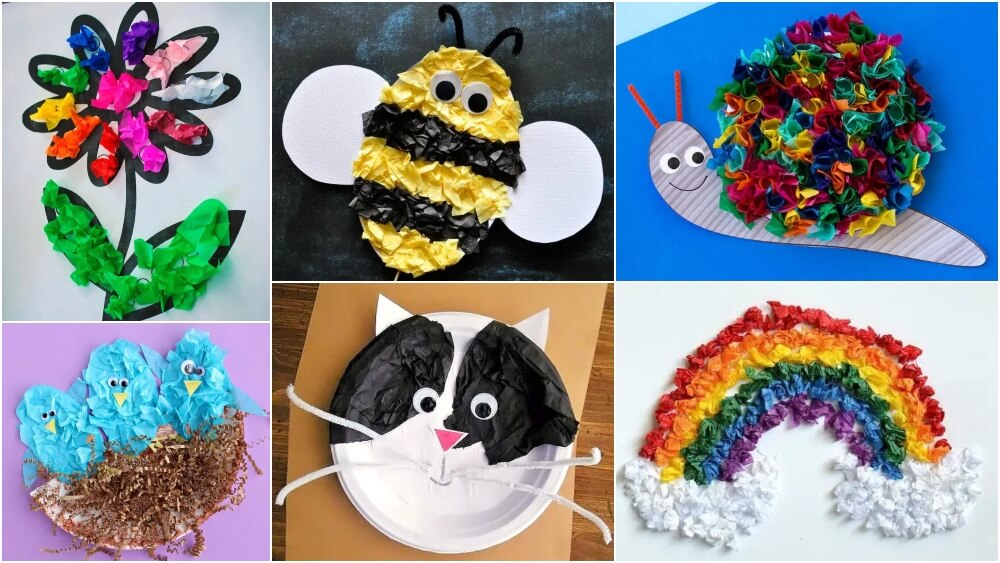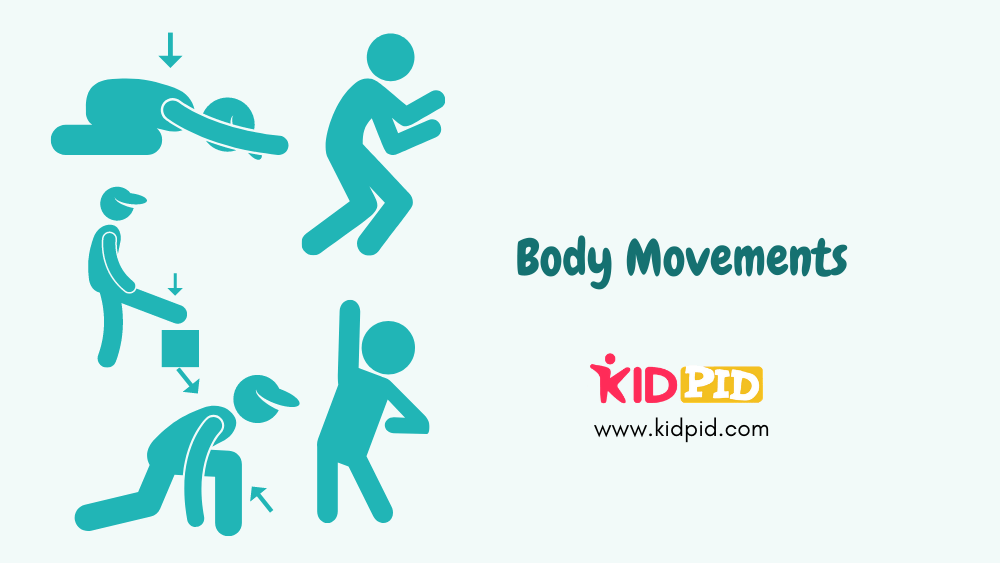Are my ribs bendy?

Before proceeding with the topic let us first know the meaning of the word “bendy”. Bendy stands for the ability of something to be physically flexible.
Let us reframe our question with the meaning of bendy – “ Are my ribs flexible?”
- Ribs are typically flat bones, which forms the part of the rib cage or thoracic cage.
- The function of the rib cage is to protect internal organs lying within it.
- Bones are made up of calcium phosphate, which makes them hard and strong. Hence, ribs can not be flexible.
- That proves human ribs are not bendy.
- However, for the process of respiration, there is a movement in the rib cage during inhalation and exhalation.
- The rib cage expands during inhalation and returns to its original place during exhalation.
- This movement is possible because of the presence of cartilage and ligament.
- Cartilage is a soft pad-like tissue that connects a bone to the surface to facilitate its moving ability and protect joints.
- The ligament is a tissue that allows the bone to anchor or attach to the human body.
- For the movement of ribs, cartilage plays an important role.
Let us learn how ribs are attached to other bones through cartilage and ligament. But before that let us learn what all bones come together to form a thoracic cage or rib cage.
- The rib cage is formed by the sternum, 12 pairs of ribs along with their costal cartilage on the anterior (front) side and thoracic vertebrae of the posterior (back) side.
Sternum-
- The sternum is also called the breastbone.
- It is located at the middlemost portion of the chest.
- Along with its different functions, it is served as attaching point for ribs.
- The place where second ribs attach at the sternum is called a sternal angle.
- This point is of very important marking for medical examinations as well as procedures.
Ribs-
- Each rib is flat and curved in structure.
- They attach to the thoracic vertebrae at the backside with the help of a ligament.
- Ribs attach to the sternum with the help of cartilage called costal cartilage.
- There are 12 pairs of ribs present in human being.
- The number of ribs is given in accordance with their relation with thoracic vertebrae.
- The first seven ribs are that attach directly to the breast bone are called true ribs.
- They are classified on the basis of their attachment to the sternum.
- True ribs attach directly to the sternum through costal cartilage.
- 8-12 number of ribs are termed as false ribs.
- Among this set of five ribs, the 8-10 set of ribs attach to the sternum indirectly as they share a common cartilage connection.
- The remaining set of two ribs are termed floating ribs.
- They do not have any attachment to the sternum, and they are attached to just thoracic vertebrae, hence given the name floating ribs.
Thoracic Vertebrae-
- Thoracic vertebrae are the second part of vertebrae.
- They range from T1 to T12.
- They are present below cervical vertebrae and above lumbar vertebrae.
Irrespective of the movement of the thoracic cage, human ribs can not be described by the term bendy. Human ribs are not flexible. Instead, with the help of cartilage, there is the possible movement of the thoracic cage helping in respiration.
Fun Facts:
- Women’s ribs are found to be 10% smaller in volume as compared to man’s ribs.
- Thoracic cage has the ability to expand about 3-5 cm during breathing.
- The rib cage is made to protect internal organs such as the heart and lungs, yet it can get fractured due to small things such as sneezing. This happens because of internal pressure.
Additional Questions:
- What are the parts of ribs?
- What are the parts of the sternum?
True or False:
- Human ribs are bendy.
- There are four types of ribs found in human being.
- Ribs attach to the sternum through the costal cartilage.
- The sternum is also called a breastbone.
- On the posterior side, ribs are attached to the sternum.
Objective Quiz:
- There are _________ of ribs present in human body.
- 12 pairs.
- 15 pairs.
- 8 pairs.
- 11 pairs.
- Cartilage allows for the easy _______.
- Movement of joint.
- Arrangement of joint.
- Dislocation of joint.
- None of the above.
- __________ are called as true ribs.
- One to seven pairs
- Eight to twelve.
- Two to seven.
- Four to nine.
- Floating ribs are not attached to _________.
- Sternum at the front.
- Sternum at the back.
- Thoracic vertebrae at the front.
- Thoracic vertebrae at the back.
- There is ________ number of thoracic vertebrae present in the human body.
- Eight.
- Twelve.
- Nine.
- Eleven.






Responses